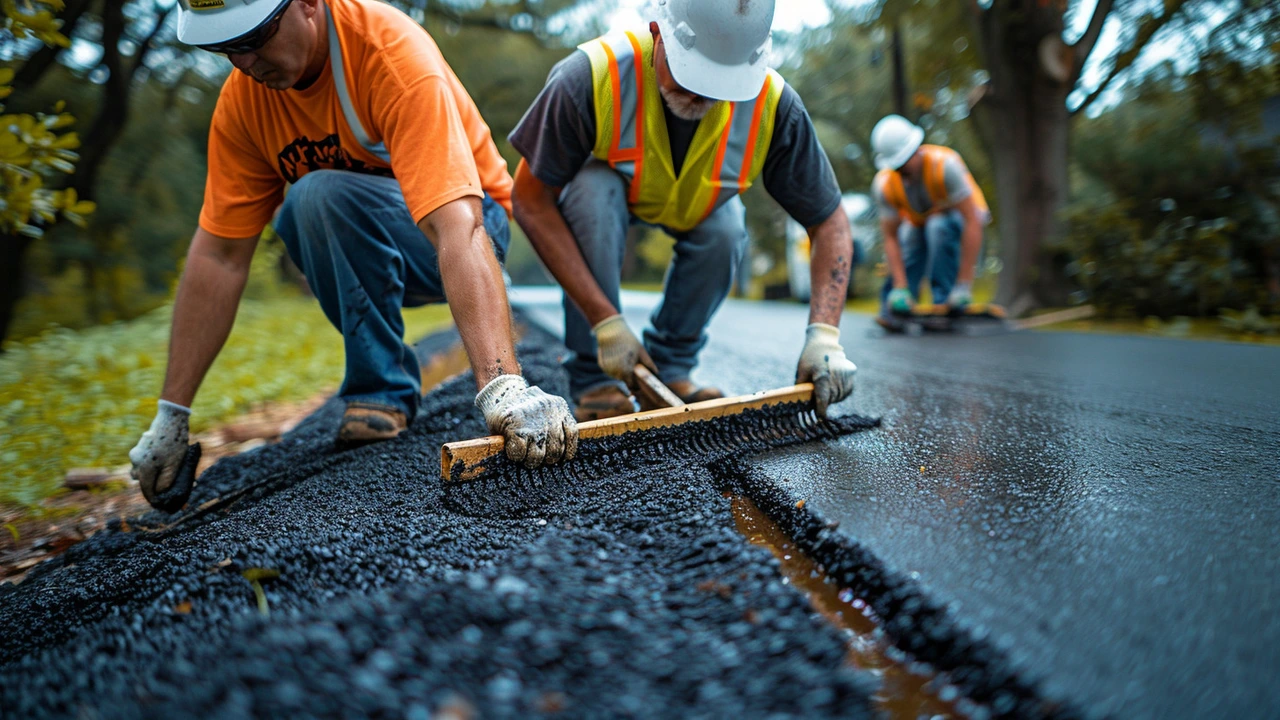Infrastructure Repair: What to Do First and How to Keep Care Going
A broken pipe, power outage, or roof leak can stop a small clinic or pharmacy from serving patients overnight. The right first moves limit damage, protect medicines, and keep people safe. This guide gives simple, practical steps you can use right away and during the repair process.
Immediate steps after damage
First: make safety your priority. Turn off electricity if water is near outlets, shut the main water or gas valve when needed, and evacuate anyone in danger. Call emergency services for gas leaks, large structural collapse, or exposed live wiring.
Next: protect temperature-sensitive meds. If refrigeration fails, move vaccines and refrigerated drugs to a working refrigerator or a nearby pharmacy with cold storage. Use coolers with ice packs for short moves and log temperatures every 30–60 minutes until fully restored.
Document everything. Take photos and short videos of damage from multiple angles, note times and actions taken, and keep every receipt for temporary fixes, storage, or replacement supplies. That record speeds up insurance claims and regulatory reporting.
Hiring contractors and handling permits
For repairs beyond quick fixes, get at least three written estimates. Ask each contractor for license numbers, proof of insurance, references, and examples of similar work (especially repairs in medical settings). Don’t pick solely on price — a low bid without proper credentials creates bigger risks.
Check local permit rules before major work. Emergency permits or expedited inspections are often available for healthcare facilities. Contact your local building department and, if applicable, your health authority to confirm requirements so repairs aren’t delayed by paperwork.
Agree on a written scope and timeline. Include milestones for critical systems: HVAC, electrical, refrigeration, plumbing, and fire suppression. Specify who will handle waste removal, hazardous-materials handling, and final cleaning so the space is safe for patients again.
Budget and prioritize repairs. Fix items that directly affect safety and medicine integrity first — power, water, HVAC, and refrigeration. Cosmetic repairs can wait. If full service can’t resume, set up temporary arrangements: transfer prescriptions to partner pharmacies, move clinical visits to another site, or use telehealth for consultations.
Use preventive checks to avoid repeat problems. Inspect roofs, clear gutters, test generators, change HVAC filters, service refrigeration units, and keep a small emergency kit: basic tools, heavy-duty tarps, sump pump, coolers, and spare power strips. Schedule regular checks and keep vendor contacts handy.
Finally, communicate clearly with staff and patients. Tell people what services are affected, where prescriptions can be filled, and expected timelines. Clear updates reduce frustration and help maintain trust while repairs are underway.
These steps keep damage small, protect medicines, and help you reopen faster. When you pair quick action with good contractors and clear documentation, most disruption becomes manageable.
